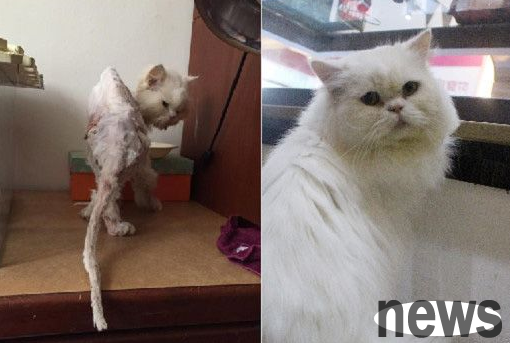What is the disease of vomiting in dogs? Pet doctor: Consider the frequency of vomiting and vomiting
1. Transient vomiting:
Vomiting in milder condition will terminate after vomiting. Generally, the owner does not need to worry about it because of excessive exercise after meals, eating difficult-to-digestible ingredients, and accidentally swallowing dirt. This type of vomiting is irritating vomiting, not a disease. After the above reasons are removed, the dog's vomiting will of course end.

2. Subacute vomiting: The total time of vomiting is long, the time interval is short, and vomiting occurs after meals and empty stomachs. In severe cases, vomiting can be mixed with blood and gallbladder.
This type of condition is relatively emergency and is common in gastrointestinal inflammatory reactions or gastrointestinal blockage. The owner must take the dog to the pet clinic for examination as soon as possible.
3. Diffuse vomiting:
The vomiting condition has a long delay, which can last for many months or even half a year. The time point of vomiting is not fixed, and the characteristics of the vomit are also very large.
Most of the dogs that cause this type of vomiting are older and are likely to be secondary to diffuse digestive inflammation, seafood allergies or some systemic diseases.
When viewing whether vomiting is diarrhea:
When the owner observes the dog's vomiting, he can also observe the dog's diarrhea. If diarrhea occurs before vomiting, the cause of the disease is usually in the stomach and intestines, but if vomiting occurs before diarrhea, it means that the dog is likely to swallow dirt, harmful substances, or suffer from infectious diseases such as small dogs.

View the appetite change during vomiting:
The change in dog appetite can usually reflect the type of vomiting. If the dog vomits shortly after a meal and eats the vomit again, it may be caused by a certain type of parasitic disease or pyloric abnormality;
If vomiting, do not eat items, and have drunk a lot of water, vomit again, but urinate very little, the dog may suffer from symptoms such as acute pyelonephritis, Neisseria meningitis infection;
If the dog's vomiting is not related to the dietary desire, vomiting is likely not caused by gastrointestinal diseases, but secondary diseases such as poisoning, some human organs degeneration, and central nervous system damage.
Finally, the complete collection of novice dog raising may remind everyone that after the dog vomits, the first thing the owner needs to do is to recall what the dog has eaten within 24 hours, take photos of vomiting, record the vomiting frequency and time, and observe the dog's dietary matching desire. This information has a particularly important effect on pet doctors in distinguishing the condition!




